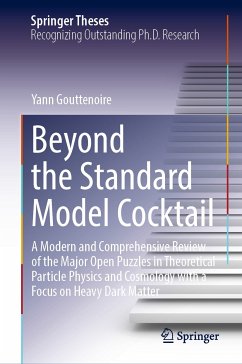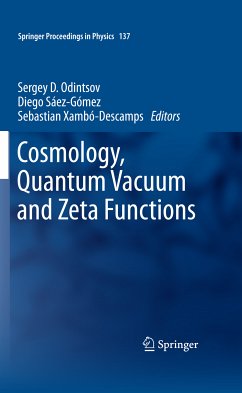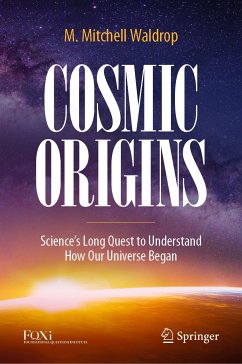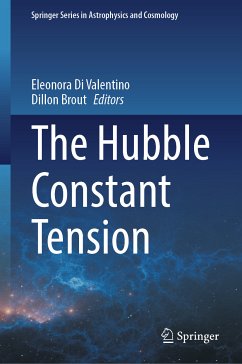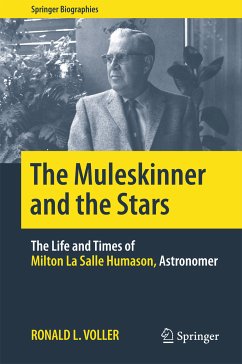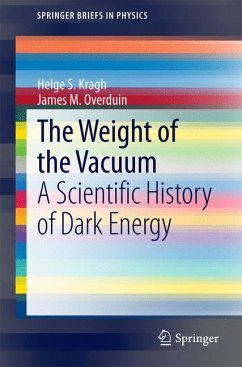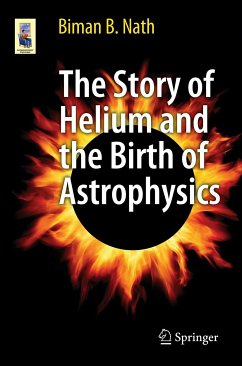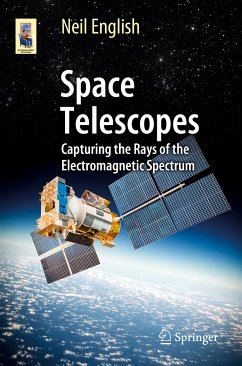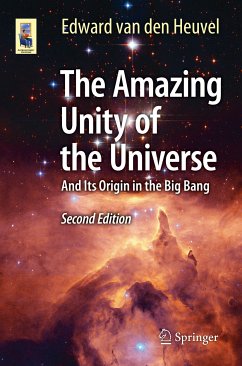
The True Story of Modern Cosmology (eBook, PDF)
Origins, Main Actors and Breakthroughs
Versandkostenfrei!
Sofort per Download lieferbar
32,95 €
inkl. MwSt.
Weitere Ausgaben:

PAYBACK Punkte
16 °P sammeln!
This book tells the story of how, over the past century, dedicated observers and pioneering scientists achieved our current understanding of the universe. It was in antiquity that humankind first attempted to explain the universe often with the help of myths and legends. This book, however, focuses on the time when cosmology finally became a true science. As the reader will learn, this was a slow process, extending over a large part of the 20th century and involving many astronomers, cosmologists and theoretical physicists. The book explains how empirical astronomical data (e.g., Leavitt, Slip...
This book tells the story of how, over the past century, dedicated observers and pioneering scientists achieved our current understanding of the universe. It was in antiquity that humankind first attempted to explain the universe often with the help of myths and legends. This book, however, focuses on the time when cosmology finally became a true science. As the reader will learn, this was a slow process, extending over a large part of the 20th century and involving many astronomers, cosmologists and theoretical physicists. The book explains how empirical astronomical data (e.g., Leavitt, Slipher and Hubble) were reconciled with Einstein's general relativity; a challenge which finally led Friedmann, De Sitter and Lemaître, and eventually Einstein himself, to a consistent understanding of the observational results.
The reader will realize the extraordinary implications of these achievements and howdeeply they changed our vision of the cosmos: From being small, static, immutable and eternal, it became vast and dynamical - originating from (almost) nothing, and yet now, nearly 14 billion years later, undergoing accelerated expansion. But, as always happens, as well as precious knowledge, new mysteries have also been created where previously absolute certainty had reigned.
The reader will realize the extraordinary implications of these achievements and howdeeply they changed our vision of the cosmos: From being small, static, immutable and eternal, it became vast and dynamical - originating from (almost) nothing, and yet now, nearly 14 billion years later, undergoing accelerated expansion. But, as always happens, as well as precious knowledge, new mysteries have also been created where previously absolute certainty had reigned.
Dieser Download kann aus rechtlichen Gründen nur mit Rechnungsadresse in A, B, BG, CY, CZ, D, DK, EW, E, FIN, F, GR, HR, H, IRL, I, LT, L, LR, M, NL, PL, P, R, S, SLO, SK ausgeliefert werden.



